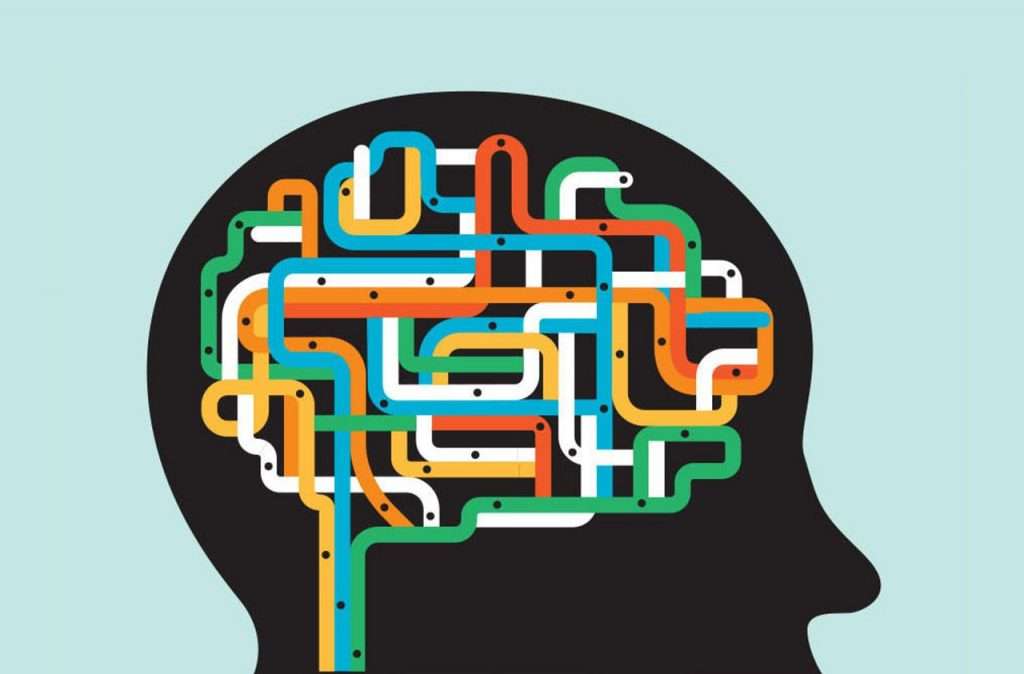The Art of Life Design
“The reality is most people are making a living. They’re not designing their lives.” – Tony Robbins
Everyone aspires to live their dream life, yet few take the crucial steps to ask the right questions and make intentional choices. Are your daily actions aligned with your deepest desires and goals? Do you feel a sense of gratitude and fulfillment in your daily tasks, or are you overwhelmed and distracted despite your ambitions? Many find themselves pulled in countless directions, feeling stressed and unfocused. This is a common challenge.
Understanding the Difference: Living vs. Designing Your Life
“It’s not enough to be busy…The question is, what are we busy about?” – Henry David Thoreau
In our fast-paced world, demands on our time and energy come from every direction—meetings, emails, texts, workouts, kids’ activities, social events, and more. When viewed all at once, these demands can feel overwhelming. Most people are simply making a living rather than designing their lives. They haven’t paused to consider what their ideal life looks like and how to achieve it.
The human mind is powerful, but only when focused. Where focus goes, energy flows. This is the principle called concentration of power. Unfortunately, many people have been conditioned by technology to be perpetually distracted or to multitask, reducing their effectiveness and increasing their stress.
The Impact of Multitasking and Burnout
Does multitasking make you more or less effective? Research overwhelmingly shows that multitasking decreases productivity and contributes to memory loss and burnout. According to Asana’s 2023 Anatomy of Work Global Index, “Multitasking isn’t just bad for your productivity—it’s also bad for your mental health. According to our research, seven in ten knowledge workers (71%) experienced burnout at least once in the last year.” Burnout and multitasking are closely linked, underscoring the importance of focused, intentional work.
Introducing the Rapid Planning Method (RPM)
RPM stands for Results-oriented/Purpose-driven/Massive Action Plan. This method is transformative because it starts with the end in mind, focusing on what you want to achieve, why it matters, and how to get there. This sequence is critical. Without clarity on these points, your actions will lack sustainability and your chances of achieving your true desires will diminish.
Capturing Your Thoughts: The First Step to Clarity
The first step in RPM is capturing your thoughts. Keeping everything in your head is a significant source of stress. By getting your thoughts out of your head and onto paper or into a digital device, you alleviate mental overwhelm. This process, which I call capturing, involves recording all the thoughts and tasks floating around in your mind. Think of it as catching butterflies in a net.
Human brains can only handle a limited number of items at once, typically 5-9. When people fail to reach their goals, it’s often not due to a lack of ability but rather a failure to manage and organize their tasks effectively. This is where chunking comes in.
The Power of Chunking: Organizing Your Tasks for Success
Chunking is the process of grouping related tasks into manageable categories. This makes it easier for your brain to handle and prioritize tasks. Begin by writing down everything you need to do this week. This list is a dumping ground for your thoughts and should feel liberating.
Next, look for commonalities among your tasks. For example, tasks related to finances, relationships, or career. These groups help you organize your tasks into categories such as:
– Health
– Emotions
– Relationships
– Time
– Work/Career/Mission
– Finances
– Spirituality
By chunking your tasks, you create a more manageable and organized approach to your week.
Creating Your RPM Blocks: Structuring Your Life for Achievement
Designing your life happens when you create RPM blocks. This involves taking your captured and chunked tasks and organizing them into actionable plans. Here’s how to create an RPM block:
1. Result: Write down the specific result you’re after.
2. Purpose: To the right, write down your compelling reasons for achieving this result. Highlight trigger words that evoke strong emotions.
3. Massive Action Plan: Develop a sequence of priority actions needed to achieve your result.
Empowering Roles: Redefine Yourself for Success
Creating an empowering role for yourself can give you a fresh perspective and motivation. Choose a role that excites you and makes you feel good about your tasks. For example, someone in IT might call themselves a “Tech Detective,” while a financial advisor might be a “Fortune Teller.” This new identity can infuse your tasks with enthusiasm and purpose.
The Three Core Questions of RPM
The essence of RPM is encapsulated in three core questions:
1. What do I really want? This question helps you focus on the specific result you’re after. Clarity is power.
2. What’s my purpose? Understanding your emotional reasons for pursuing a goal makes it sustainable and formidable.
3. What do I need to do? This is your Massive Action Plan, the specific steps you need to take to achieve your goal.
Applying RPM to Your Daily Life
To apply RPM to your daily life, regularly revisit these three questions. Start each day by capturing your thoughts, chunking your tasks, and creating RPM blocks. This structured approach will help you stay focused and motivated, ensuring that your daily actions align with your deepest desires and goals.
Conclusion: Your Journey to a Designed Life
By leveraging the Rapid Planning Method, you can transform your approach to life and work. Remember, it’s not about being busy; it’s about being purposeful and focused on what truly matters. By asking the right questions and taking intentional actions, you can design a life that fulfills your dreams and aspirations. Here’s to designing life on your terms!




